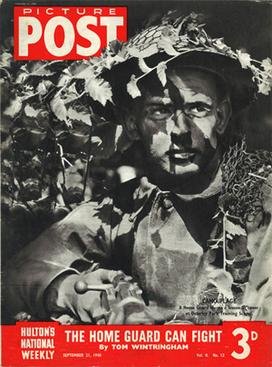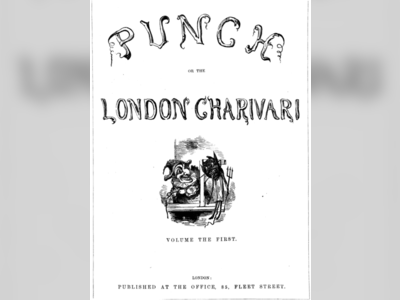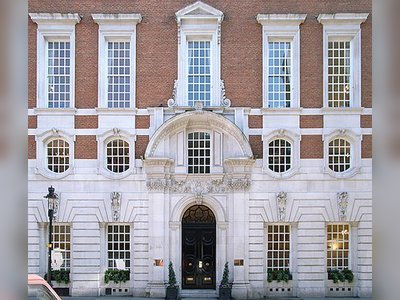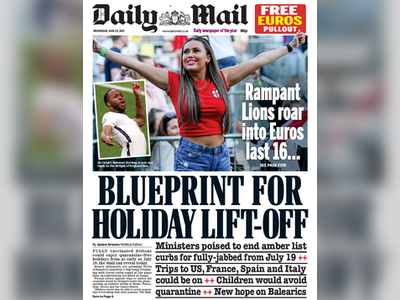British Heritage
Remember, Cherish, Learn.
beta
Picture Post

A Pioneering Contributor to British Heritage.
The Emergence of a New Era in Journalism
Picture Post, a widely-acclaimed British magazine published from 1938 to 1957, emerged as a game-changer in the field of journalism and left an indelible mark on the British heritage. This innovative periodical was much more than a magazine; it was an embodiment of a novel journalistic genre that leveraged the power of photographs to convey stories and messages, thus fostering a new approach to journalism—photojournalism. It was Britain's answer to the American Life magazine, sharing the same ethos of visual storytelling.
The Dawn of Success: An Instantaneous Impact
With an instant impact, Picture Post had a meteoric rise, selling 1,700,000 copies a week just two months after its inception. It rapidly became an essential part of British life, with its influence permeating far beyond newsstands. Its reputation was built on groundbreaking photography and liberal, populist, and anti-Fascist editorial stance. From the start, Picture Post was committed to highlighting the horrors of Nazi Germany and the persecution of Jews. Its powerful juxtaposition of images of Nazi leaders with those of persecuted intellectuals painted a stark picture of the era's crisis.
A Vehement Advocate for Progressive Policies
In the early 1940s, Picture Post exhibited its progressive ethos, publishing the "Plan for Britain." This document outlined a vision for post-war Britain, advocating for minimum wages, full employment, child allowances, a national health service, and a complete overhaul of education. This was a seminal blueprint for the welfare state, preceding William Beveridge's landmark 1942 report.
The popularity of Picture Post surged during World War II, reaching its zenith with 1,950,000 copies a week in December 1943. Though sales gradually declined post-war, the magazine's influence remained significant.
A Beacon of Liberty and Humanitarianism
The founding editor, Stefan Lorant—a Jewish émigré who had been imprisoned by Hitler and later authored the best-selling book, I Was Hitler's Prisoner—laid the foundations for the magazine's humanitarian voice. Succeeding him was (Sir) Tom Hopkinson, who continued the magazine's commitment to exposing the harsh realities of war and championing human rights.
Notably, Edgar Ainsworth, Picture Post's art editor and war correspondent during World War II, visited the Bergen-Belsen concentration camp three times after its liberation by the British army. His sketches and drawings provided the world with a chilling portrayal of the atrocities within the camp.
Celebrating Excellence: The Assembly of Luminaries
Picture Post assembled a stellar roster of talent that included celebrated photographers like Bert Hardy, Kurt Hutton, Felix H. Man, Francis Reiss, Thurston Hopkins, John Chillingworth, Grace Robertson, and Leonard McCombe. Its writers included J. B. Priestley, Sydney Jacobson, MacDonald Hastings, and Fyfe Robertson, with many freelancers contributing to its editorial richness.
Despite its influential stance, internal ideological clashes and growing competition from television gradually took their toll on Picture Post. By July 1957, the magazine folded with a circulation of less than 600,000 copies a week.
An Everlasting Legacy: The Picture Post Historical Archive
Post-closure, Picture Post transitioned into a digital platform, with the establishment of The Picture Post Historical Archive in 2011. This fully searchable facsimile archive provides access to a wealth of photojournalistic history.
Moreover, the magazine's massive collection of photographs and negatives—both published and unpublished—became an invaluable historical resource. In 1945, Sir Edward Hulton set up the Hulton Press Library as a semi-independent operation and employed Charles Gibbs-Smith to catalogue the entire archive. This pioneering indexing system became a global standard for picture archiving.
After the magazine folded, the archive was sold to the BBC and later to Brian Deutsch in 1988. In 1996, Getty Investments acquired the Hulton Picture Collection, which now includes approximately 15 million photographs dating back to the 19th century. The digitised archive, available on the Getty Images website, stands as a testament to Picture Post's significant contributions to British heritage and the global press landscape.
The impact of Picture Post is beyond measure. Its revolutionary approach to journalism, emphasis on human rights and social justice, and its robust influence on post-war Britain have left an indelible mark on British heritage. Its legacy continues to inspire and instruct, embodying the transformative power of visual storytelling.
- Picture Posten.wikipedia.org




